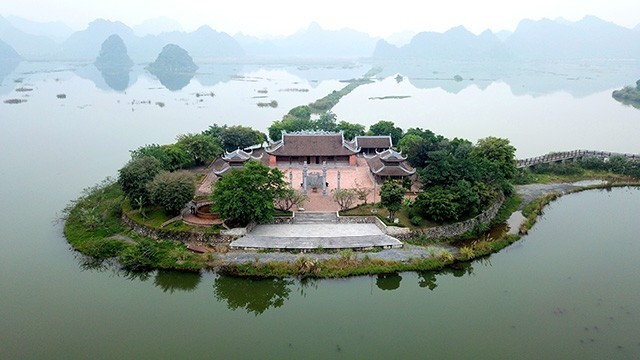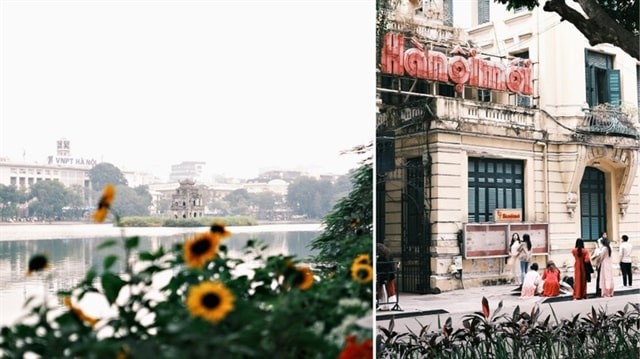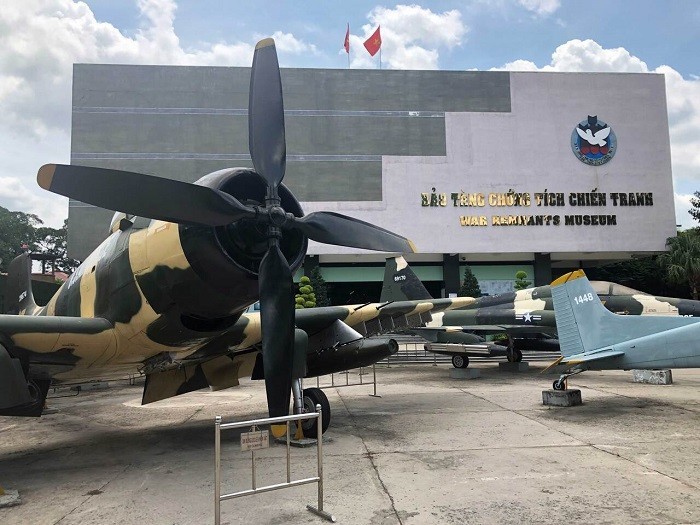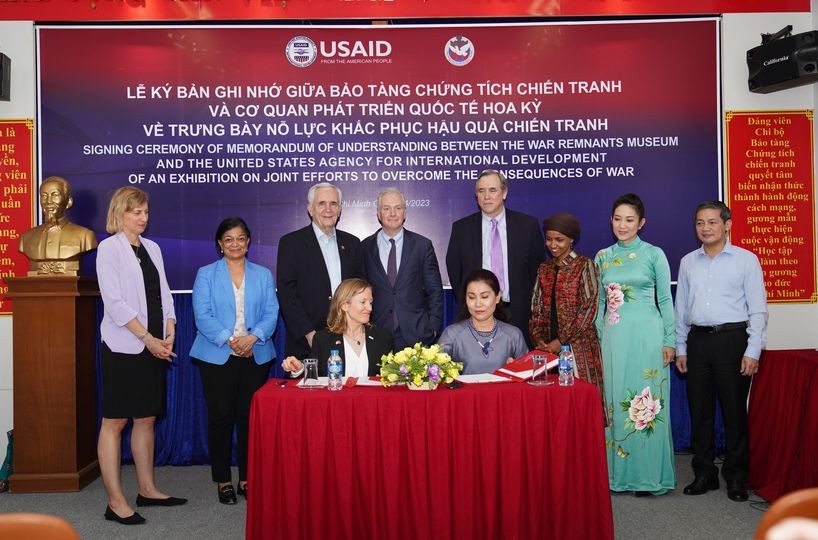Foreign Media Highlights Vietnam's Historical Sites for Travelers
| Promote Cooperation In Sharing War Memories Between Vietnam And France | |
| “The Gac Ma circle of immortality” memorial site to open in March |
These destinations, according to NG, provide profound insight into the country's complex past, from war memorials to preserved underground tunnels. Here’s a summary of the featured locations:
1. Vietnam Military History Museum
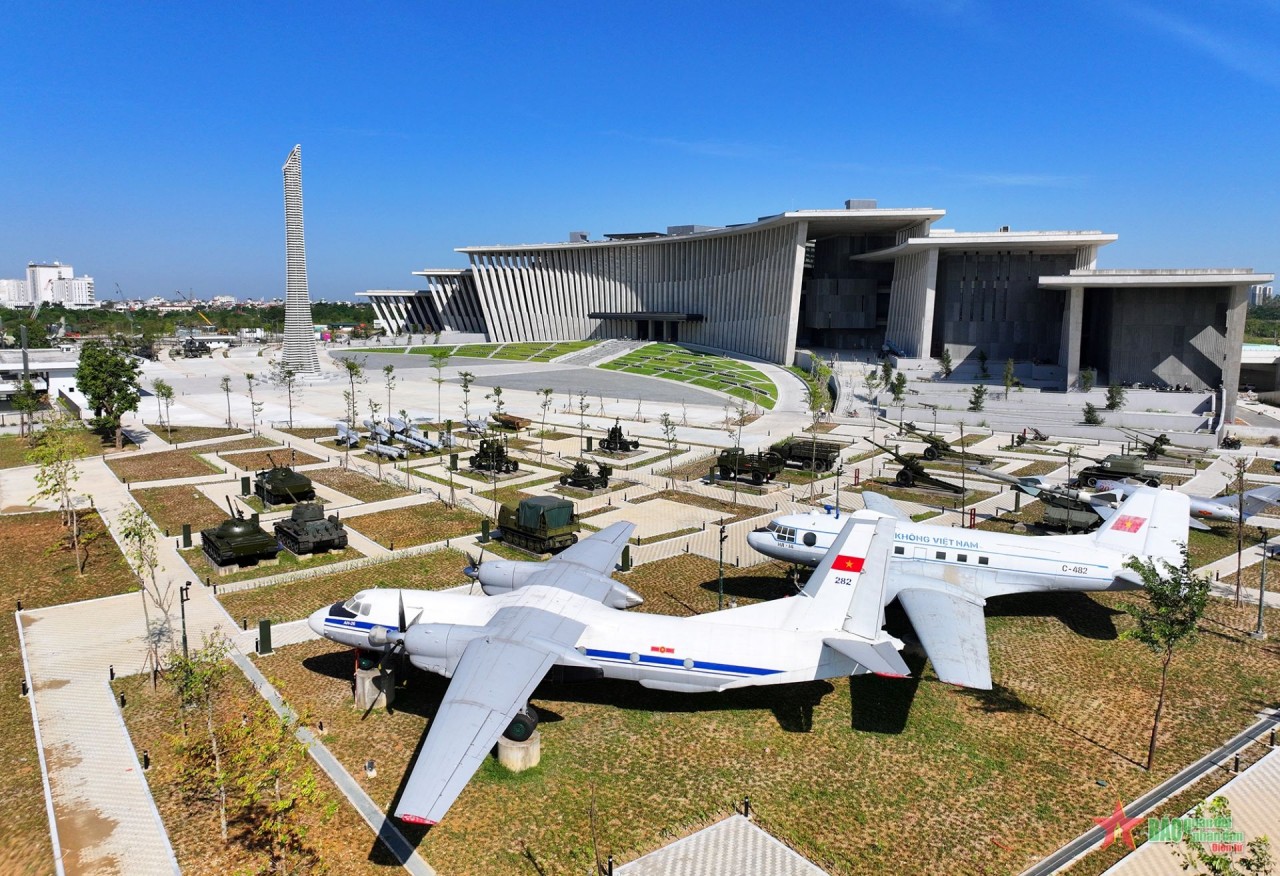 |
| A section of the Vietnam Military History Museum. |
Now housed in a striking fan-shaped building in western Hanoi since late 2024, this museum was relocated from its original site near the Ho Chi Minh Mausoleum. It presents an in-depth view of Vietnam’s military heritage, showcasing artifacts and narratives from key conflicts.
2. Son My Memorial Site (My Lai Massacre Memorial)
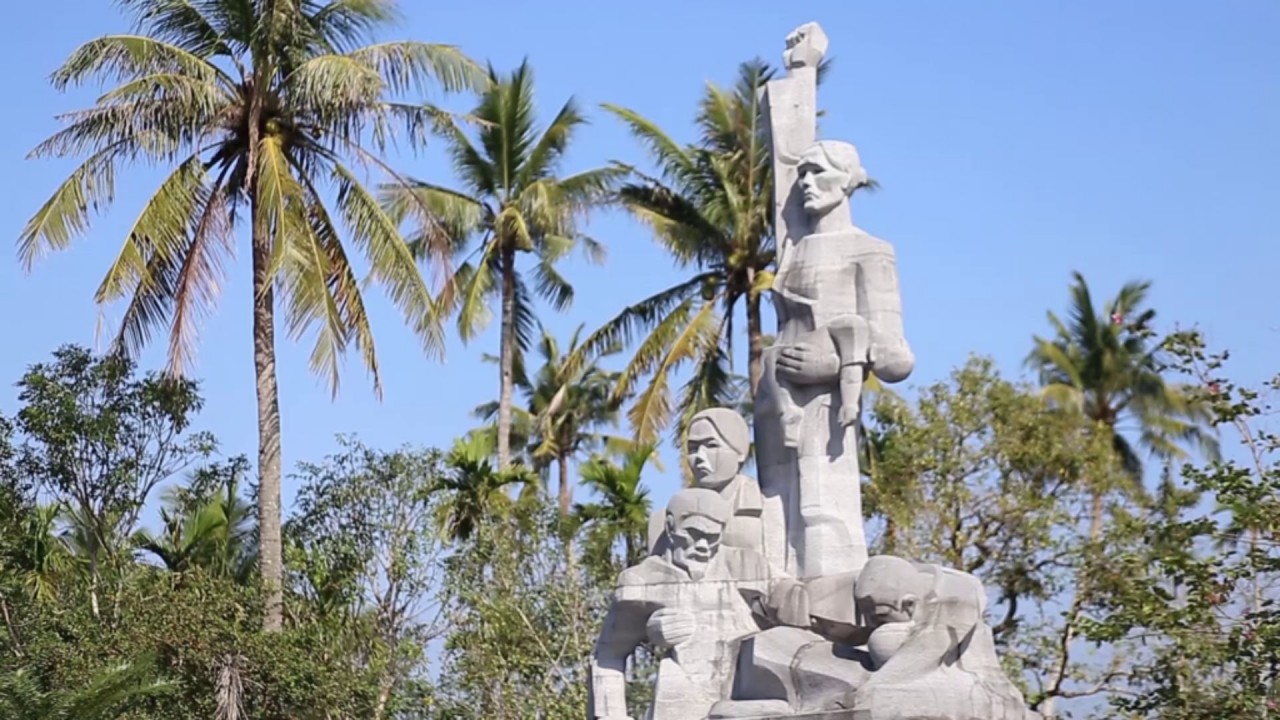 |
| Memorial monument at the Son My Memorial Site (Photo: quangngaitv.vn) |
Described as both emotional and harrowing, this site in central Vietnam commemorates the tragic My Lai massacre. It stands as a reminder of the civilian lives lost during the war and aims to promote peace and reconciliation.
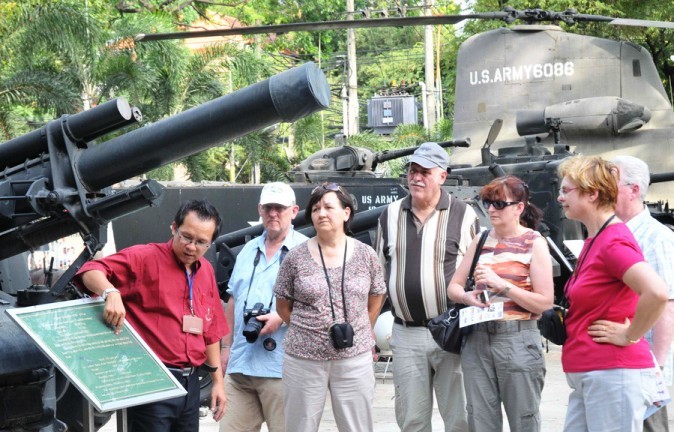 |
| Foreign Visitors at the War Remnants Museum (Photo: DDM/VGP) |
A powerful institution that is part of the International Network of Museums for Peace (INMP) and the International Council of Museums (ICOM), this museum documents the impact of the Vietnam War with sobering photojournalism, war relics, and firsthand accounts.
4. Independence Palace (Reunification Palace)
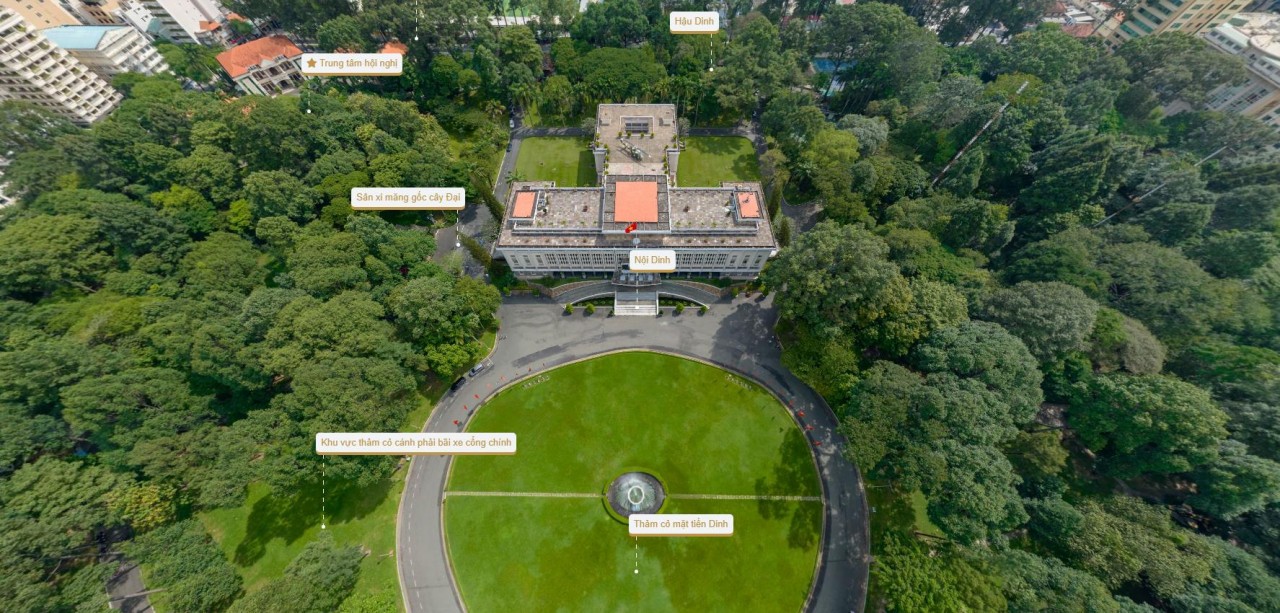 |
| Independence Palace visitor map (Photo: dinhdoclap.gov.vn) |
Formerly known as the Presidential Palace of South Vietnam, this building marked the end of the war in 1975 when tanks crashed through its gates, symbolizing reunification. Built in 1966, it is now a museum that reflects on the country’s turning point in history.
5. Cu Chi Tunnels
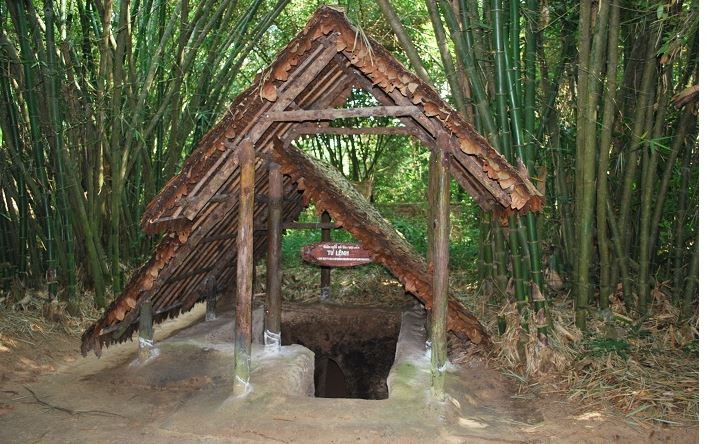 |
| Cu Chi Tunnels (Photo: VNA) |
Located roughly 30 km northwest of Ho Chi Minh City, the Cu Chi Tunnels offer a glimpse into the underground network used by Vietnamese soldiers during the war. Visitors can navigate narrow, dim tunnels hidden beneath forest floors, now free from the dangers of the past such as venomous animals or disease.
6. Hoa Lo Prison
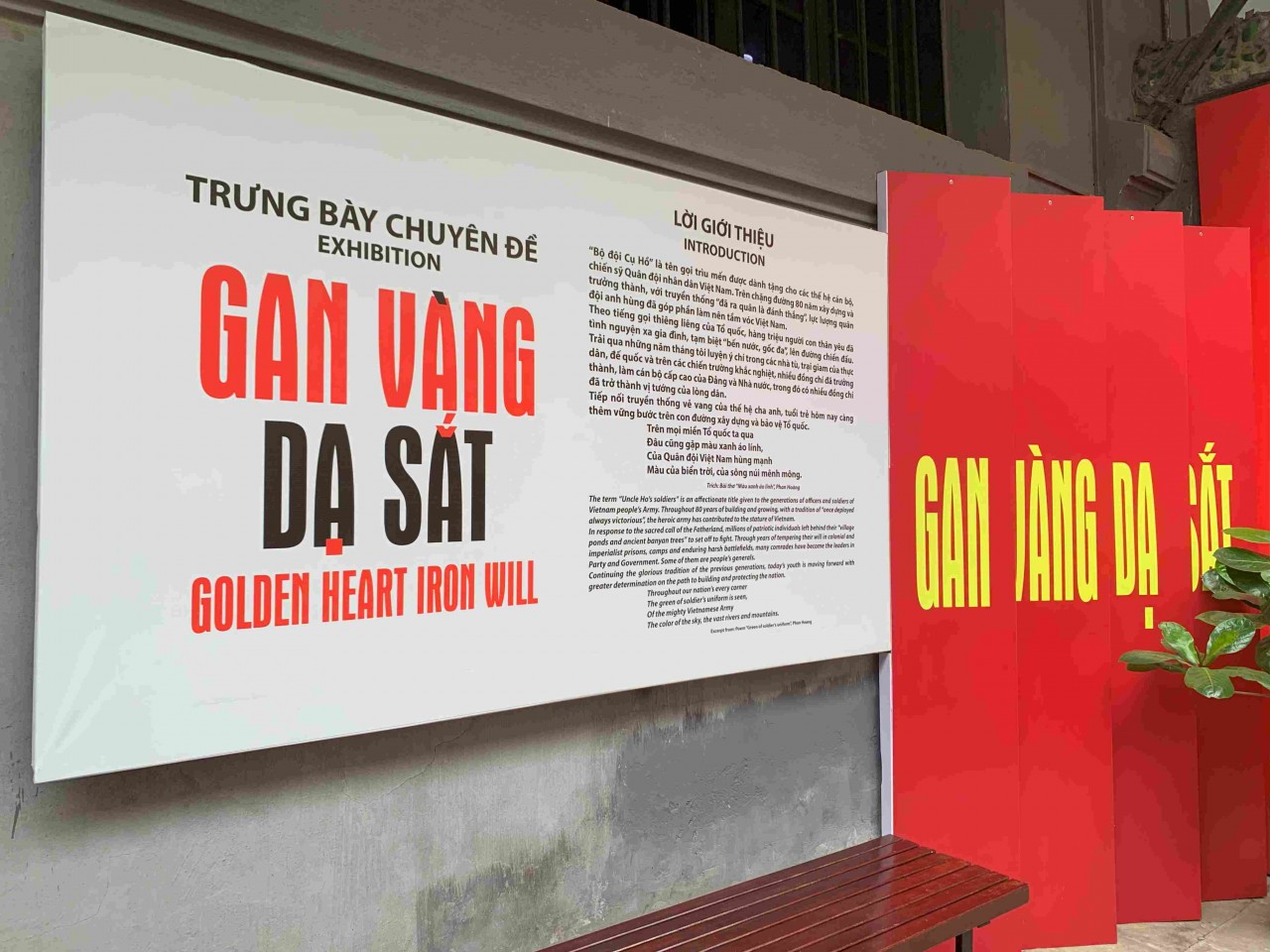 |
| The special exhibition "Golden Heart, Iron Will" at Hoa Lo Prison (Photo: Phuong Anh) |
Once a French colonial prison and later used to detain American POWs during the war, Hoa Lo is infamous for its harsh conditions. Much of the site was demolished in the 1990s, but a preserved section now serves as a museum. Personal items from prisoners - including the flight suit of late U.S. Senator John McCain - are displayed here.
7. Demilitarized Zone (DMZ)
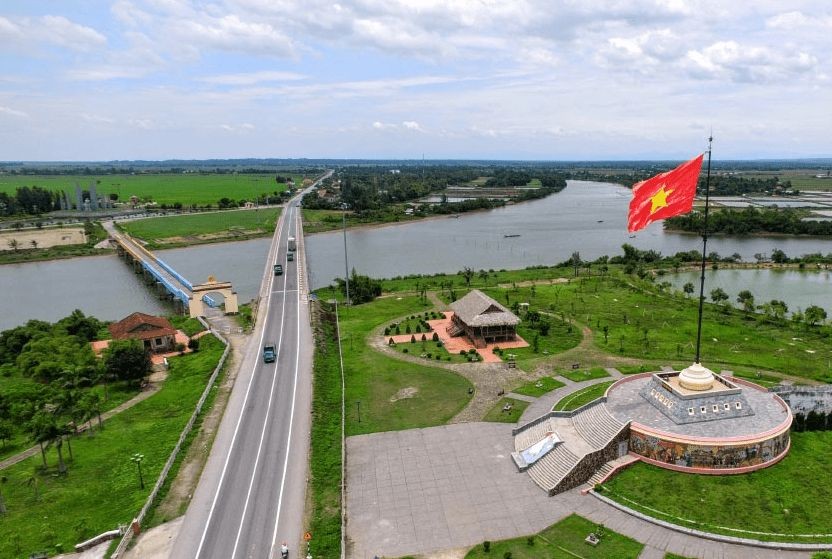 |
| Hien Luong Bridge marked the 17th parallel, symbolizing Vietnam’s post-1954 division. |
This historical buffer zone divided North and South Vietnam from 1954 to 1976 and was a focal point during the war. Key sites include the former Khe Sanh Combat Base and the nearby Ta Con airstrip, where remnants of aircraft, tanks, and rocket launchers remain rusting. Located in a mountainous region, the DMZ can be reached within a 2.5-hour drive from Hue.
8. Vinh Moc Tunnels
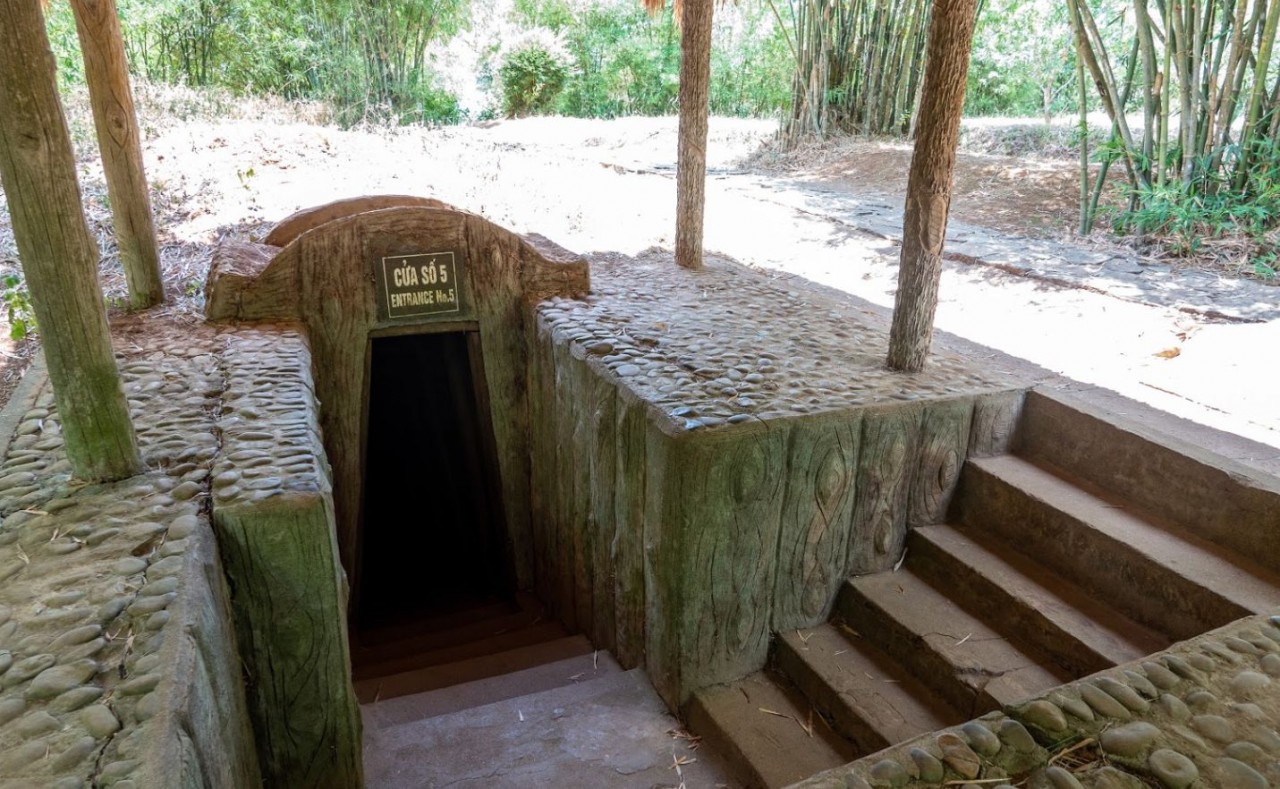 |
| Vinh Moc Tunnels in Quang Tri (Photo: VGP) |
Unlike the Cu Chi network, the Vinh Moc Tunnels served as an underground village during U.S. bombing campaigns from 1966 to 1972. Nearly 90 families lived in this well-structured system, which included kitchens, wells, and even a maternity room. The site is also near the DMZ and can be explored on a day trip from Hue, making it a convenient two-in-one historical journey.
With its blend of war history and cultural resilience, Vietnam continues to offer travelers not only scenic beauty but also powerful lessons in endurance and peace.
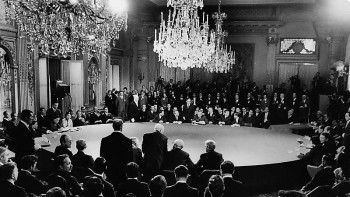 | Vietnamese Diplomacy’s Contribution to the Liberation of the South and National Reunification – Enduring Historical Lessons Fifty years ago, the great Spring Victory of 1975 brought an end to a prolonged resistance war, achieving the complete liberation of the South and ... |
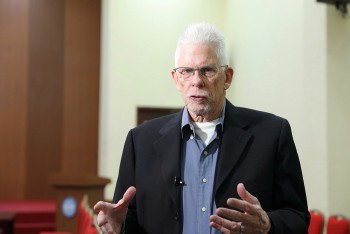 | Returning to Vietnam to Learn the True Meaning of Peace Frank Howard Joyce, who joined the anti-Vietnam war movement in the 1960s, returned to Vietnam for the fifth time as Head of the delegation of ... |
Recommended
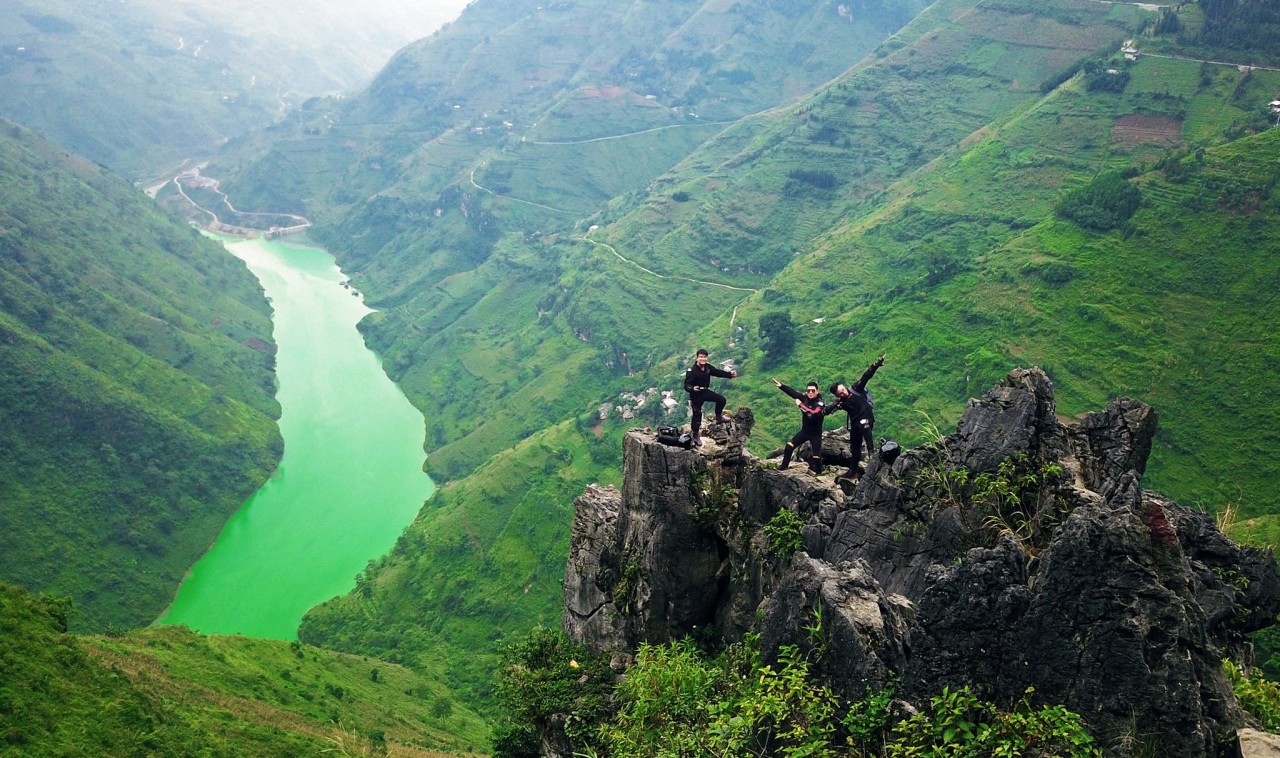 Travel
Travel
Tourism Industry: 2025's Bright Spot of Economic and Social Growth
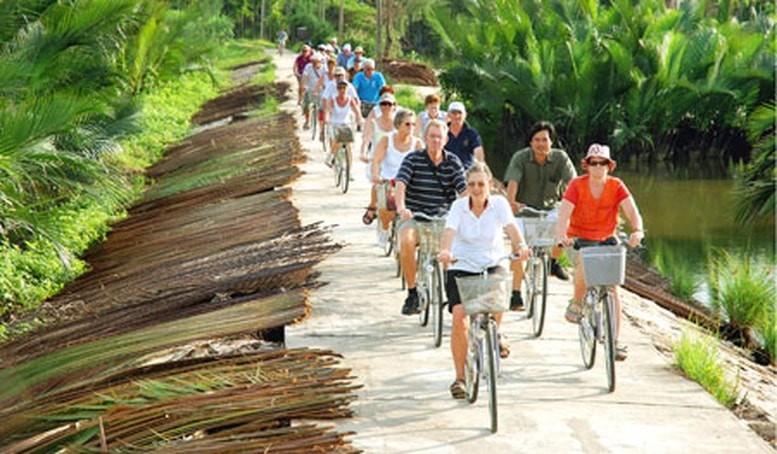 Travel
Travel
Vietnam Tourism Sets New Record with Over 19 Million International Arrivals
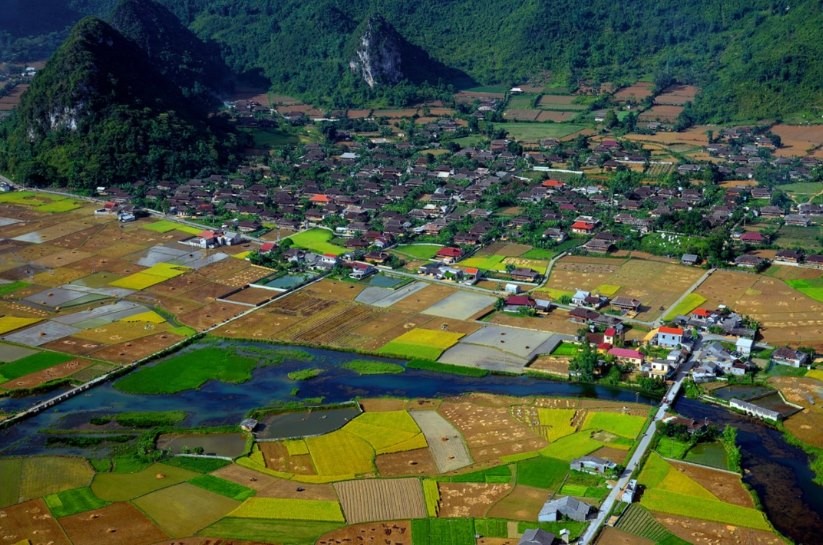 Travel
Travel
GMS International Conference with Focus on Sustainable Tourism Development
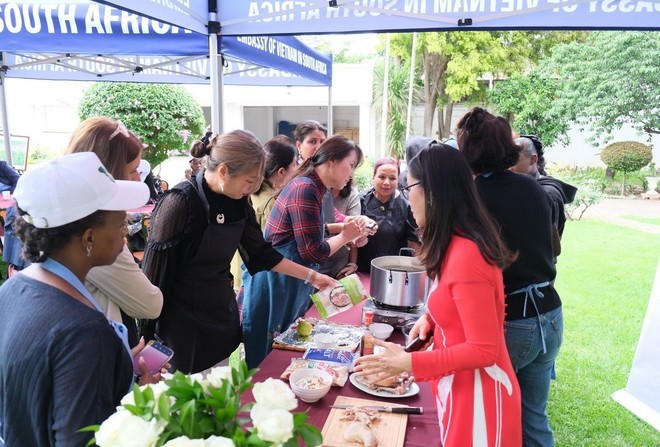 Travel
Travel
International Visitors in South Africa Experience Vietnamese Cuisine
Popular article
 Travel
Travel
Visitors to Explore Ancient Conifer Forest at Phong Nha-Ke Bang for First Time
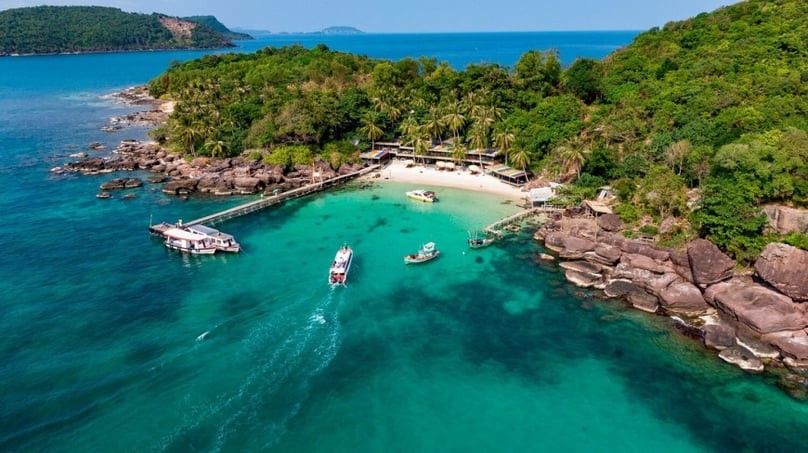 Travel
Travel
Phu Quoc - Top Choice for Eastern European Tourists Visiting Vietnam
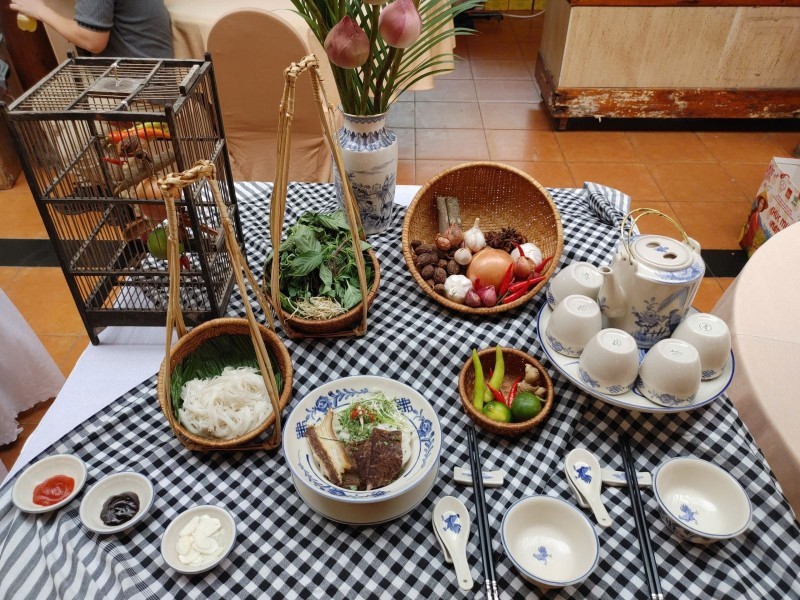 Travel
Travel
“Vietnam Pho Festival 2025” Kicks Off in Singapore
 Travel
Travel




